Mushrooms are the fruiting bodies of fungi that are visible to the naked eye. It is like a flower or a fruit of the plant. Mushrooms produce the next generation of tiny spores which are similar to pollen grains of a flower or seeds of a fruit. All mushrooms are fungi, but not all fungi are mushrooms. All of them form a distinct classification as part of the Fungal Kingdom in the Kingdoms of Life.[1]
Mushrooms usually grow in rich organic substrates. They play a vital role in every ecosystem, but apparently, they are absent in the aquatic ecosystem. Mushrooms grow in forests, gardens, lawns, meadows, pastures etc. they grow on any nutrient rich soil excluding clay soil and sand.
1. History and Folklore
Mushrooms have a history of medicinal use spanning millennia. Rigveda (Hindu) and Avesta (Zorasters) reported a plant called Soma or Haoma, believed to have hallucinogenic properties and used in religious ceremonies. The description in the Rigveda depicted Soma as a small, leafless plant with a fleshy stalk. Gordon Wasson put forth the concept of mushroom Amanita muscaria that was referred to as Soma, in "Soma, Divine Mushroom of Immortality". Soma was utilized in religious ceremonies, over 4000 years ago, before the beginning of Christian era. It is also believed that the hallucinogenic properties of the A. muscaria to be the cause of the "ecstasy" described in the Rigveda, the holy book of the Hindu[1].
Ancient Egyptians believed mushrooms are "plants of immortality" and considered them as food for royalty since no commoner was allowed to eat them. In countries like China, Russia, Greece and Mexico, people practiced mushroom rituals[2]. Mushrooms were used for recreational hallucination, as medicines, and as food. The ancient Egyptians called mushrooms "sons of the gods" and "plants of immortality" and thought that the storm god Set created them by hurling lightning bolts coated in mushroom-seed to earth. Consuming mushrooms was the exclusive privilege of the pharaoh and his dining companions.
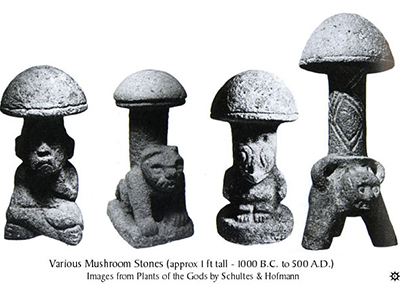 Figure 1: Mushroom stones of approximately 1000 BC to 500 AD
Figure 1: Mushroom stones of approximately 1000 BC to 500 AD The Greeks clearly appreciated the culinary value of fungi even though wild mushrooms were sometimes risky meals. Anthropological and literary evidence suggest that Greeks cultivated Agrocybe aeregita on a small scale (commonly called the pioppino, a wood-decomposer that’s common in European markets today), as did the Romans after the Greeks[3]. The Psilocybe genus of mushroom has a long history of use within Mesoamerica. The members of the Aztec upper class would often consume mushrooms at festivals and other large gatherings. Mushrooms were quite costly as well as very difficult to locate, requiring all-night searches. The Aztecs would drink chocolate and eat the mushrooms with honey. Those partaking in the mushroom ceremonies would fast before ingesting the sacrament which would lead to psychedelic experiences. The act of taking mushrooms was known as monanacahuia, meaning to "mushroom oneself"[4]. At the archaeological site of Kaminaljuyú, Guatemala, miniature mushroom stones (Figure 1) are found buried together in a Maya tomb, along with nine miniature stone metates and manos (Soma stones[5]) used in the preparation of a ritual mushroom beverage [6].
2. Magic Mushrooms
According to ancient Egyptians, mushrooms as they appear overnight are considered as magic organisms[7]. Fly Agaric mushrooms contain a psychoactive chemical which causes illusions and that objects around you look larger or smaller than they actually are. Reindeers knowingly eat psychedelic mushrooms (Psilocybin mushrooms containing compounds psilocybin and psilocin) in order to amuse themselves and escape the monotony of dreary during long winters. The side effect of the man eating magic mushrooms is the feeling of flying which is also applicable to reindeers. This explains the origin of the flying Santa's reindeer myth[8].
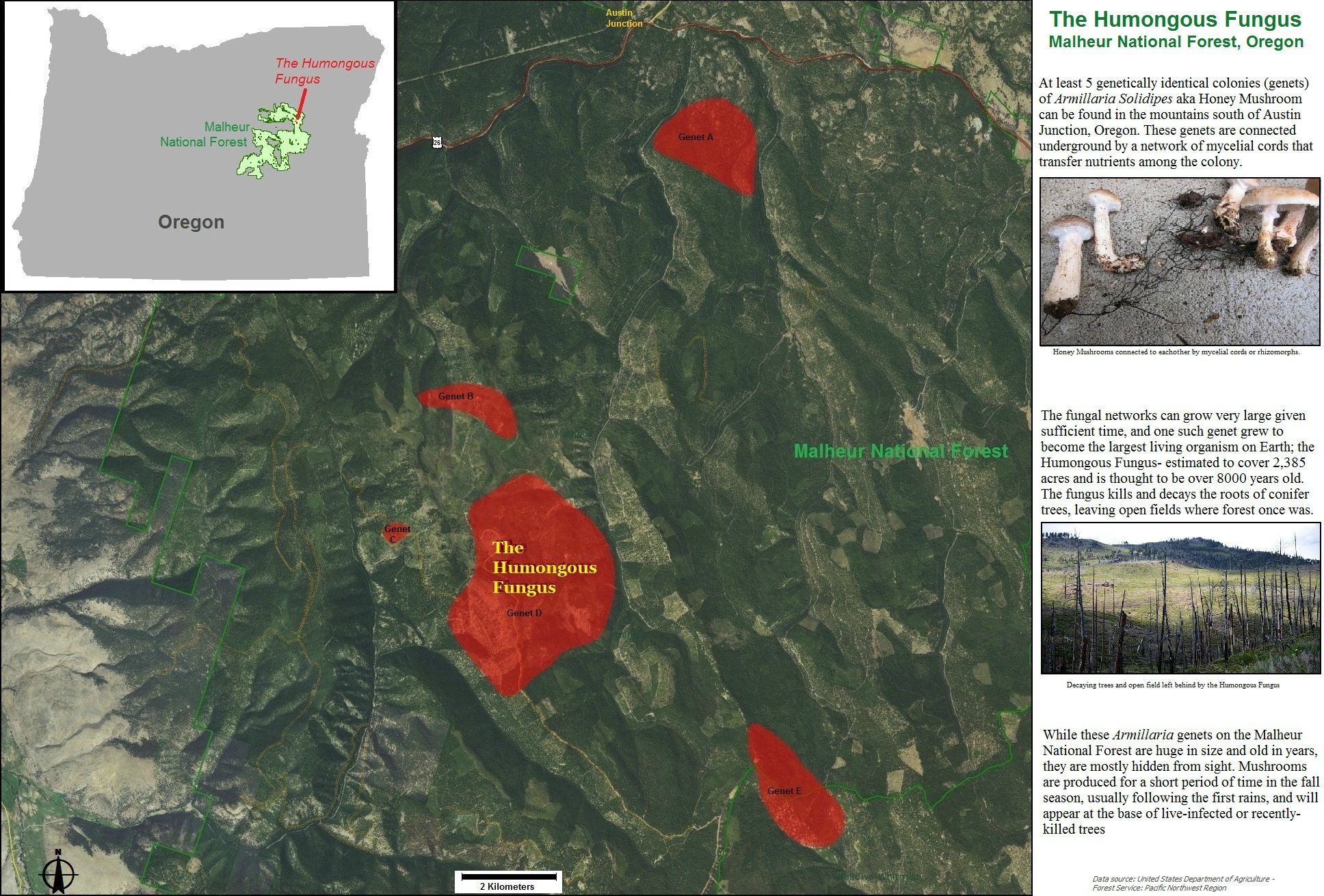 Figure 2 (Click image to zoom)
Figure 2 (Click image to zoom)
3. Largest Spread of Mushroom Mycelium
A parasitic mushroom Armillaria ostoyae commonly known as honey fungus is a small to medium sized fruit body growing on tree trunks cause severe diseases. This mushroom is found in the Blue Mountains of Oregon and is believed to be the world's largest known organism. It is more than 2,400 years old and covers an estimated 2,200 acres (Figure 2). The fruit bodies are short-lived however, mycelium remains in the ground to produce new fruit bodies. It is slowly killing off the trees in the forest [9,10,11,12].
4. Glowing Mushrooms
 Figure 3: Bioluminescent mushroom. A. Fruit bodies during day time. B. Fruit bodies during night time
Figure 3: Bioluminescent mushroom. A. Fruit bodies during day time. B. Fruit bodies during night time Bioluminescence is the production and emission of light or fluorescence by living organism. It is formed due to a chemical reaction. Many marine organisms like jelly fish, lantern fish, algae as well as terrestrial organisms like fire fly and some fungi. Bioluminescence usually helps the organism in finding the food, protection or attracting the mate[13].
There are mushrooms which glow at night (fox fire). (Figure 3 A & B). More than 70 species of bioluminescent mushrooms are present on Earth[14]. People have been known to use these fungi to light their way through the wood.
5. Fairy Rings
Some of the oldest living mushroom colonizes as fairy rings (Figure 4) around Stonehenge ruins in England. The rings are so large that they can best be seen from airplanes [15,16&17].
6. Giant Puff Ball
Calvatia gigantea (Figure 5) found on October 23, 2006 is the largest ever recorded giant puffball was eight feet eight inches in diameter and weighed forty-eight pounds. A single ten-inch giant puffball has as many as 7 trillion (7,000,000,000,000) spores. If each of those spores grow and yield a ten-inch puffball, the combined puffball mass would be 800 times that of the earth[18&19].
7. Mushrooms as a Natural Dye
Many mushroom species like Agaricus spp., Coriolopsis spp., Daedalea sterioides, Ganoderma applanatum, G. curtissi, G. spruci, G. resupinacium, Hexagonia hirta, H. tenicis, Laetiporus sulphureus, Lenzites betulina, Lycoperdon imbricatum, Oxiporus corticola, Phaeolus schwenitzi, Polyporus alveolus, P. brumalis, and Schizopora spp. are used to make natural dyes. For production of dyes mushrooms can simply be boiled in water[21,22]. To obtain the natural color wool and silk threads can be used.[23]
TERI has collected few colored mushrooms among which Omphalotus sp. is pigment producing and shows production of yellow dye.
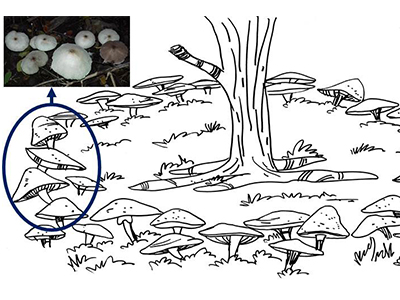 Figure 4: Mushrooms growing as fairy rings (Source: TERI's picture)
Figure 4: Mushrooms growing as fairy rings (Source: TERI's picture)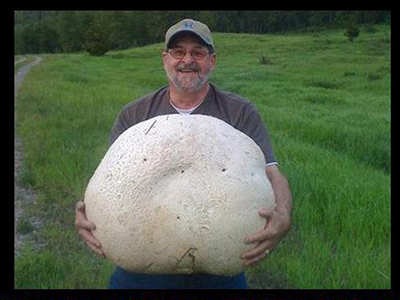 Figure 5: Calvatia gigantea a giant mushroom found by Christian Therrien from British Columbia[20]
Figure 5: Calvatia gigantea a giant mushroom found by Christian Therrien from British Columbia[20]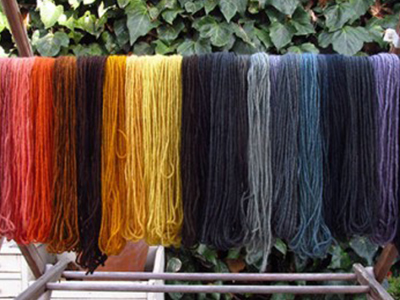 Figure 6: Threads dyed using mushroom pigments[24]
Figure 6: Threads dyed using mushroom pigments[24]
Mushrooms and malnutrition
Humans need a wide range of nutrients to lead a healthy and active life, which could only be derived from a well-balanced diet. Amongst several essential nutrients, proteins are regarded important as body’s building blocks which also stimulate several vital metabolic processes. Proteins could be sourced through several dietary ingredients like pulses, grains, milk, eggs, fish and meat. The Recommended Dietary Allowance (RDA), which is the minimum amount required to be healthy, is 0.8 grams per kilogram of body weight per day. That means around 48 grams (6 hardboiled eggs/ 2 cups of lentils/ 8 cups of soy milk) for an average adult weighing 60 kgs.
According to a report by National Institute of Nutrition and UNICEG, 46% of preschool children and 30% of adults in India suffer from moderate and severe grades of protein-calorie malnutrition as judged by anthropometric indicators. Given the ever escalating prices of pulses, dairy items and meat, it is difficult for an average family to consume the daily recommended nutrient values leading to serious malnutrition in both rural and urban areas.
In this regard cultivation and consumption of mushroom is recommended for a developing country like India due to its high nutritive value and ease of cultivation on variety of substrates like waste paddy straw, cotton and soy waste, husk and banana leaf litter which are available in plenty. Mushroom is a vegetarian source of protein and hence the vegans and vegetarians could also consume it to meet their daily protein requirements.
Mushroom cultivation has provided livelihood opportunities to rural youth and women while also adding a nutritive food source to their platter.
Mushroom - A super food
Mushrooms are considered as the third food kingdom of the world and are good substitute for vegetables. They are widely consumed for their consistency and umami flavor making them a potential substitute for meat[26]. Mushrooms are rich in fibre, carbohydrates, proteins, all the essential amino acids[27], and dietary fiber, but are less in fats and are good sources of B vitamins including B6, riboflavin, thiamin, folate and niacin[28]. They are also rich in many bioactive metabolites of high medicinal value such as lectins, polysaccharides, phenolics and polyphenolics, terpenoids, ergosterols, and volatile organic compounds[29]. Moreover, they provide important minerals such as selenium, copper and potassium. Mushrooms are also sources of vitamin D, which is converted to vitamin D2 when exposed to sunlight. Mushrooms show potential antimicrobial, antiviral, antitumor, antiallergic, immunomodulating, anti-inflammatory, antiatherogenic, hypoglycemic, and hepatoprotective abilities[30,31]. Thus, mushrooms are proven sources of dietary supplements that can tackle under nutrition.
| Table No. 1 :Nutrient Contribution |
| Nutrient Contribution per 100 gms[32] |
| Food type |
Under consumed Nutrients |
Other values |
Potassium,
mg |
Fiber
gm |
Vitamin D,
IU |
Calcium
mg |
Protein
gm |
Calories
kJ |
| Fungi (Mushrooms) |
| Raw Mushrooms, portabella |
484 |
1.5 |
0 |
8 |
2.5 |
109 |
| Raw Oyster Mushroom |
420 |
2.3 |
0 |
3 |
3.3 |
180 |
| Plant origin |
| Raw Baby Carrots |
237 |
2.9 |
0 |
32 |
0.6 |
147 |
| Raw Broccoli |
316 |
2.6 |
0 |
47 |
2.8 |
142 |
| Raw Potato |
421 |
2.2 |
0 |
12 |
2 |
322 |
| Raw Bananas |
358 |
2.6 |
0 |
5 |
1.1 |
373 |
| Animal origin |
| Raw Chicken |
217 |
0 |
0 |
11 |
18.8 |
980 |
| Indian buffalo Milk |
178 |
0 |
0 |
169 |
3.7 |
406 |
| Raw Egg yolk |
109 |
0 |
107 |
129 |
15.9 |
1327 |
When mushrooms were compared with other sources, it was found that, Portabella mushroom and oyster mushroom has high potassium content, moderate to high fiber content and lower calories. In case of proteins it is found to be high as compared to other vegetarian sources but less than chicken and egg yolk. In case of Amino acids such as metheonine and arginine mushroom were found to have comparatively high amount than other vegetarian sources.
Mushroom cultivation for household consumption
Mushroom cultivation is considered as an eco-friendly method. It doesn’t require access to land and significant capital investment. It can be carried out using any clean agricultural waste and mushrooms can be produced at home with little maintenance . Since it is carried out indoors, it may be regarded as a family activity where the children could also be actively involved. It is also beneficial as a Women empowerment strategy. Mushroom cultivation is widely accepted as good source of income and can generate employment for rural women. Also, it is a women friendly profession which can be pursued along with all household activities1. In general it is observed that mushroom cultivation has helped people in improving their health, life style and also brought a positive impact on different aspects of livelihood.
Presentation on "Mushrooms Cultivation for Household"






